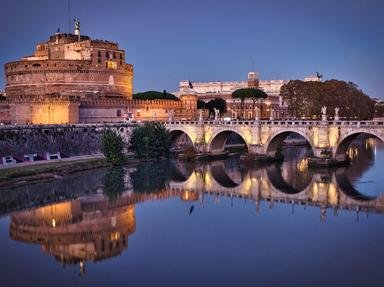Quiz Answer Key and Fun Facts
1. Which of the following cities was an ancient capital of Egypt?
2. Many cities served the ancient Persians as their capital. Can you identify their ceremonial capital?
3. Which of the following ancient capitals, known as the "City of David", was the capital of the United Kingdom of Israel?
4. Can you choose one of the ancient capitals of China from the list provided? It is considered to be one of the four great ancient capitals.
5. Which of the following cities was the capital of ancient Macedonia and the birthplace of Alexander the Great?
6. The ancient capital of Sri Lanka was established in the 4th century BC. What was the name of the city?
7. Which of the following cities, connected to the prophet Jonah, was the ancient capital of Assyria?
8. The ancient Nabataean Kingdom was centered in modern-day Jordan. Can you find their ancient capital, called the "Rose City"?
9. This ancient city would be used by two great civilization in Mesopotamia - the Amorites and the Chaldeans - as their capital. What was the name of the city?
10. The ancient Kingdom of Silla was located on today's Korean Peninsula. What was the name of their ancient capital?
Source: Author
ponycargirl
This quiz was reviewed by FunTrivia editor
gtho4 before going online.
Any errors found in FunTrivia content are routinely corrected through our feedback system.
